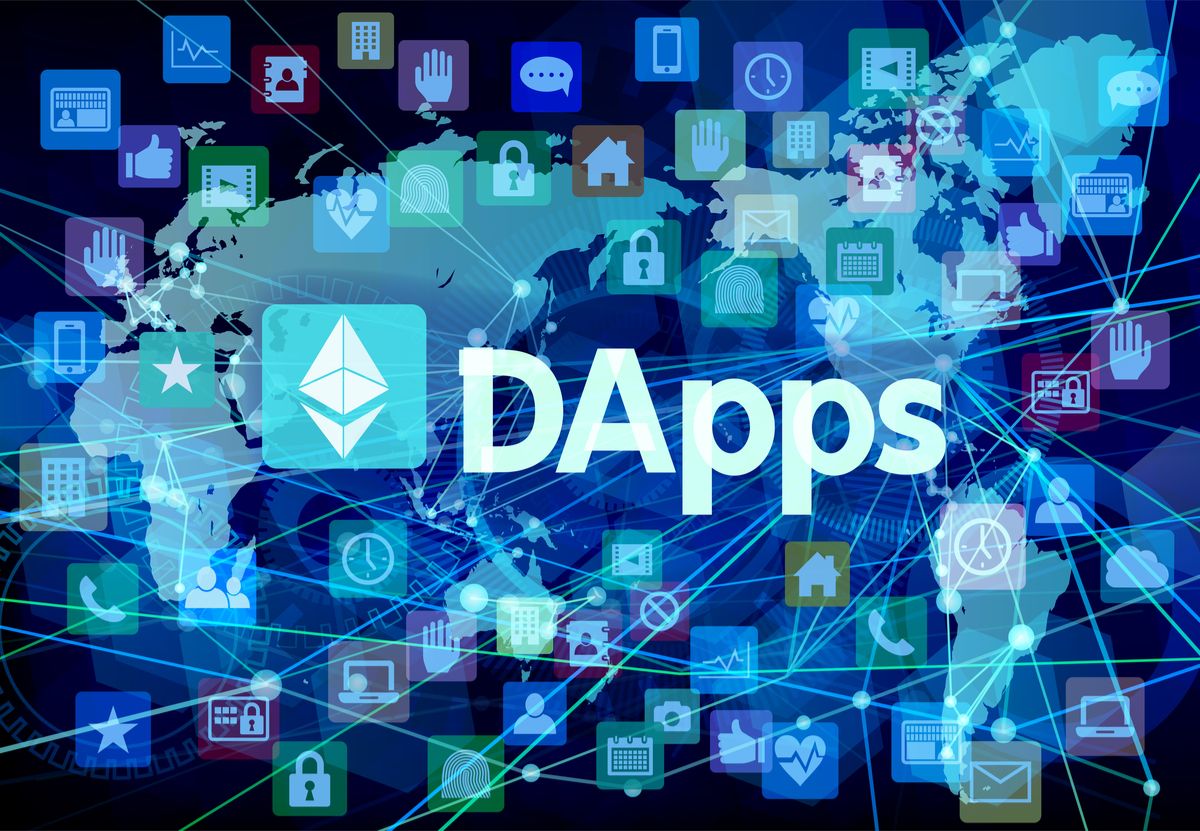One of the most exciting trends in the blockchain industry today is decentralized applications (DApps). The name DApps consists of two words: decentralized applications and applications. DApps are applications, tools, or programs that run on the decentralized Ethereum blockchain.
When it comes to decentralized applications, there are two key components. While the front-end is similar to traditional applications, the back-end is built on the Ethereum blockchain. The communication between the front-end and the back-end is similar to that of a regular application, and the end user will not notice the difference. When using decentralized networks, stopping any application is extremely difficult, as it involves shutting down all the distributed hosting nodes, which is virtually impossible.
Decentralized Applications: Smart Contracts and Web Applications of the Future
Decentralized applications (DApps) are a new type of software development that runs on blockchain instead of traditional servers.
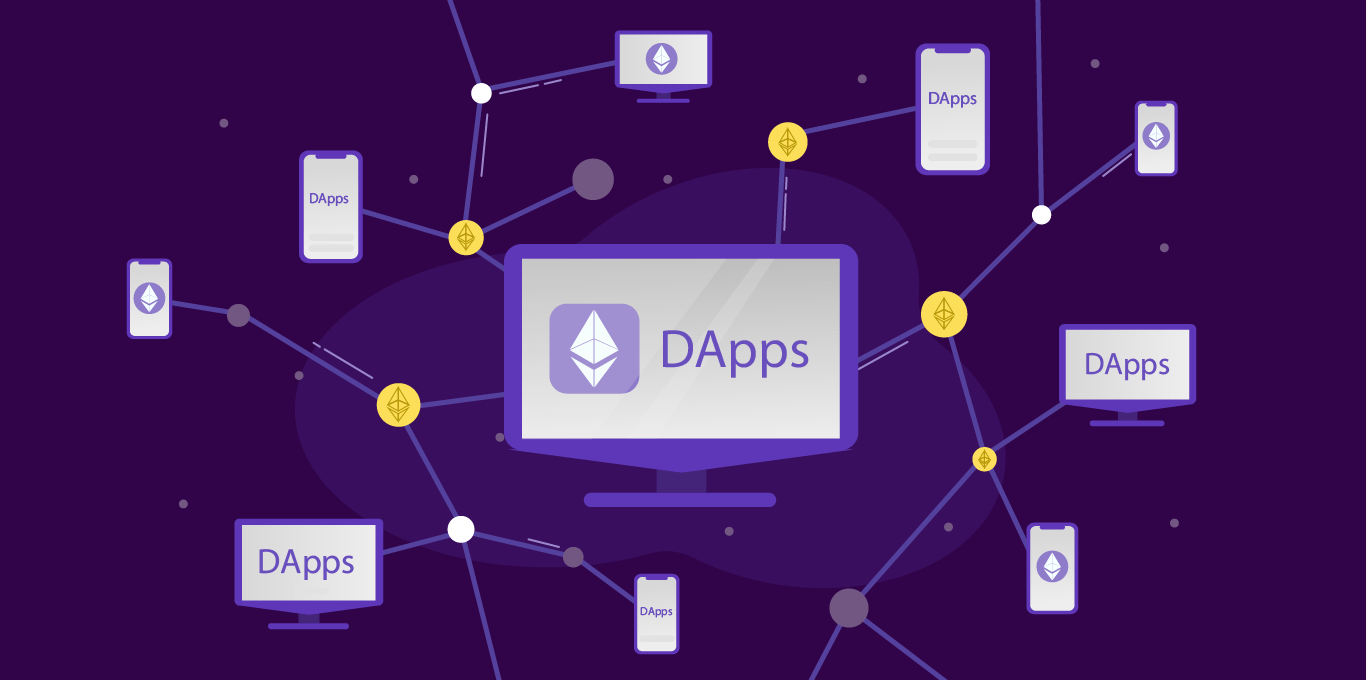
dApp dependency on smart contract
Decentralized applications rely on smart contracts, but smart contracts do not necessarily rely on decentralized applications. Decentralized applications use smart contracts to automate many processes, from basic in-app services to general governance functions.
DApps based on smart contracts are self-executing agreements stored on the blockchain. These contracts define the rules and operations of the application.
DApps Security
One of the appeals of dApps is that they are open source, but this use can also be a challenge. Since this is a new technology, there are still some best practices to learn. There have been cases where dApp code has contained crypto key information. If the code accidentally contains personal information or other access information, the dApp will be vulnerable to attack. As a general rule, developers should minimize the amount of data contained in the smart contracts of the blockchain structure. Smart contract audits can help mitigate these issues.

Smart Contract Audit
Auditors carefully examine the contract code, looking for programming errors, logical holes, and other vulnerabilities in the project that could be used by attackers to steal funds or manipulate the system. Recommendations for fixing the identified flaws help developers strengthen their contracts and make them resistant to attacks. Smart contracts that have passed the audit inspire more trust in potential users, thereby stimulating participation in the project and its growth.
Crypto Wallet Security in DApps
The security of your crypto assets is in your hands. Thoroughly researching your DApp, enabling only the features you need, keeping your private keys safe, and being vigilant against phishing sites will ensure the integrity and safety of your wallet.
Decentralization is the future of blockchain
DApps are not managed by a single company or organization. Instead, they are distributed across a network of computers, making them more censorship- and tamper-resistant web applications. They are a new class of software that runs on a blockchain rather than on servers. Unlike traditional applications, DApps have no centralized authority, which gives them unique properties.
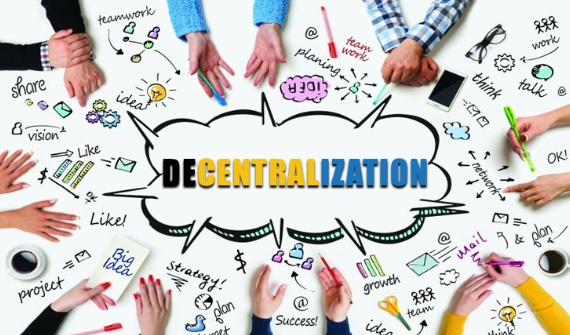
Below we list the most popular decentralized applications:
TTSwap
TTSwap is a promising decentralized exchange ( DEX ) that offers a number of advantages over other platforms. It is safe, secure, easy to use, and has low fees.
However, it is worth noting that TTSwap is a relatively new platform with a limited selection of trading pairs.
TTSwap is based on ThunderCore. It offers its users a wide range of features, including:
- Direct Trading : TTSwap uses an AMM (Automated Market Maker) model that allows users to trade directly with each other without the need for intermediaries.
- No Slippage : TTSwap guarantees no slippage, meaning users will always get the price they see.
- No Persistent Losses : TTSwap is not subject to persistent losses, which is a common problem with other DEXs.
- Role-based fee distribution : TTSwap uses a role-based fee distribution system that rewards users for participating in the network.
- Low Fees : TTSwap has low fees, making it accessible to users on a budget.
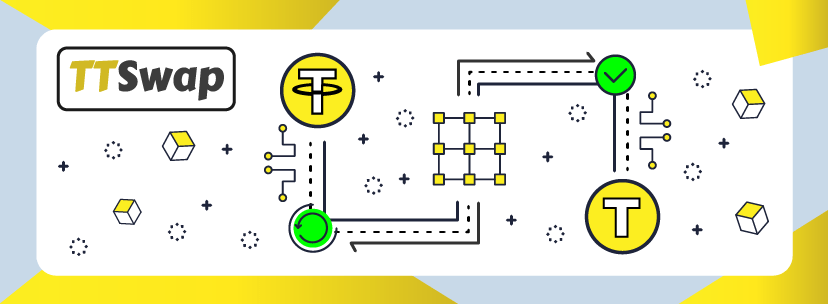
Advantages of TTSwap
- TTSwap is a decentralized exchange, which means it is not susceptible to hacker attacks.
- TTSwap is a transparent platform that publishes all its transactions on the blockchain.
- TTSwap does not require users to register or verify their identity.
- TTSwap has a simple and clear interface that makes it accessible to users of all experience levels.
Pros and cons
Pros:
- Safe and secure platform
- Wide range of functions
- Low fees
- Fast and secure transactions
- ThunderCore Support
Cons:
- Limited choice of trading pairs
- A relatively new platform
- Lack of Russian language support
circuit
Circulor is a blockchain-based traceability platform that helps businesses track the movement of materials throughout the supply chain.
The platform is recommended for businesses looking to improve the visibility of their supply chains, reduce risk and increase resilience.
Before implementing Circulor, businesses should carefully assess their needs and budget. Businesses should ensure that their supply chain management systems are compatible with Circulor.
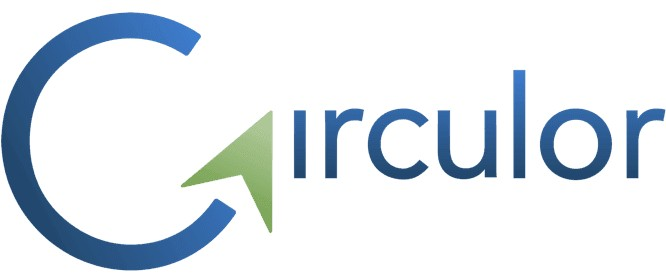
Features of Circulor
- Transparency: Circulor uses blockchain to create an immutable record of the origin of materials, allowing businesses to track the movement of materials from source to end user.
- Compliance: Circulor can help businesses comply with regulations such as the Dodd-Frank Conflict Minerals Act and the EU Timber Regulation.
- Sustainability: Circulor can help businesses improve their sustainability by tracing the origin of materials from sustainable sources.
- Efficiency: Circulor can help businesses improve supply chain efficiency by optimizing material flows.
Benefits of Circulor
- Circulor can help businesses increase transparency in their supply chains, which can lead to increased brand trust and improved customer relationships.
- Circulor can help businesses reduce the risks associated with conflict minerals, illegal logging and other supply chain issues.
- Circulor can help businesses improve their sustainability by tracing the origin of materials from sustainable sources.
- Circulor can help businesses improve supply chain efficiency by optimizing material flows.
Pros and cons
Pros:
- Ease of Use: Circulor is an easy-to-use platform that can be implemented by businesses of all sizes.
- Trustworthiness: Circulor uses blockchain to create an immutable record of the origin of materials, making it a trustworthy and secure platform.
- Scalability: Circulor can scale to meet the needs of businesses of all sizes.
Cons:
- Cost: Circulor can be expensive for some businesses.
- Complexity: Circulor can be difficult to implement for some businesses.
- Limited compatibility: Circulor is not compatible with all supply chain management systems.
ThunderCore Bridge
ThunderCore Bridge is a decentralized bridge that allows users to transfer assets between the Ethereum and ThunderCore networks. ThunderCore Bridge is recommended for users who want to gain access to the ThunderCore ecosystem or diversify their portfolios.
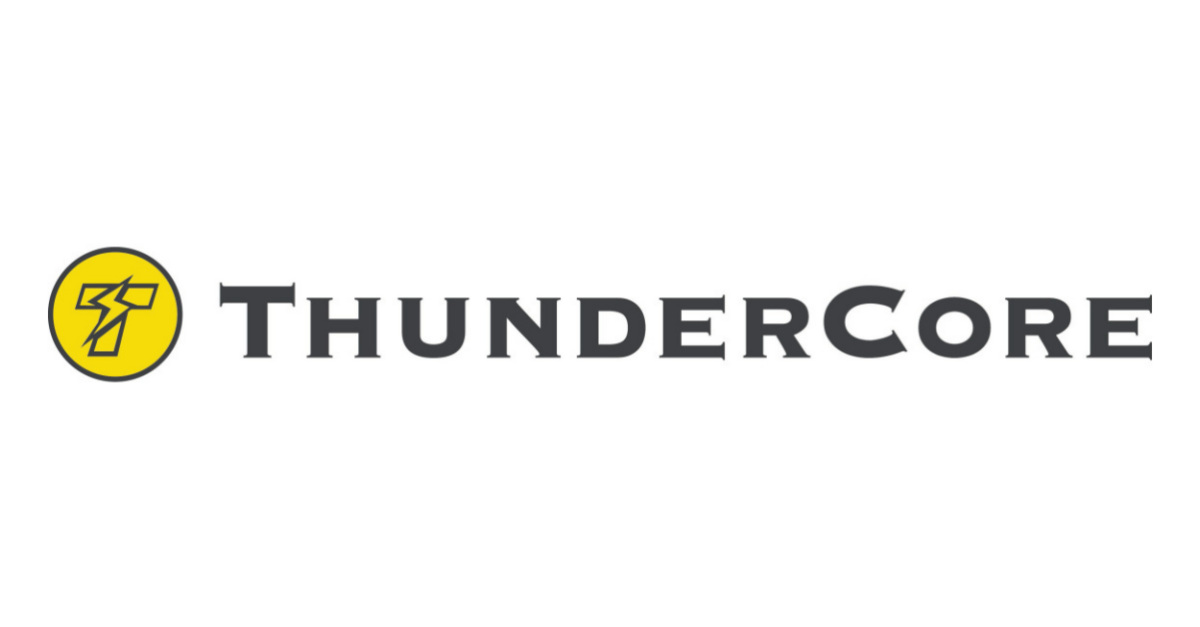
Features of ThunderCore Bridge
- Fast and Cheap Transactions: ThunderCore Bridge offers fast and cheap transactions thanks to ThunderCore’s Proof-of-Stake (PoS) technology.
- Multi-Asset Support: ThunderCore Bridge supports a wide range of assets including ETH, USDT, USDC, WBTC and more.
- Security: ThunderCore Bridge is built on the trusted and proven ThunderCore blockchain technology.
- Ease of Use: ThunderCore Bridge is easy to use and does not require users to have deep technical knowledge.
Advantages of ThunderCore Bridge
- The ThunderCore Bridge allows users to access the growing ThunderCore ecosystem, which includes decentralized exchanges (DEX), DeFi applications , and more.
- ThunderCore Bridge allows users to diversify their portfolios by adding ThunderCore assets.
- ThunderCore Bridge allows users to avoid high transaction fees on the Ethereum network.
Pros and cons
Pros:
- Secure: ThunderCore Bridge is built on the trusted and proven ThunderCore blockchain technology.
- Easy to use: ThunderCore Bridge is easy to use and does not require users to have deep technical knowledge.
- Fast: ThunderCore Bridge offers fast and cheap transactions.
Cons:
- Less decentralized than other bridges: ThunderCore Bridge is less decentralized than some other bridges, such as Wormhole and Multichain.
- Limited Asset Support: ThunderCore Bridge supports fewer assets than some other bridges.
- Relatively new: ThunderCore Bridge is a relatively new project and its long-term viability is not yet determined.
Yearn.finance (YFI)
Yearn.finance is a decentralized yield aggregation platform that allows users to maximize the returns on their crypto assets.
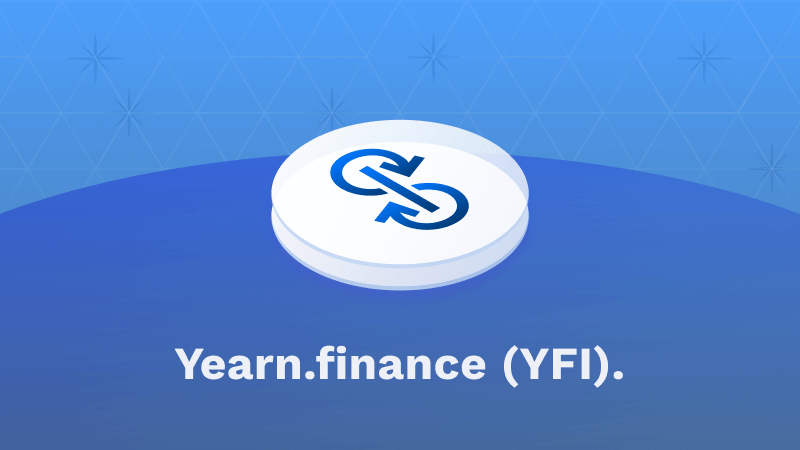
Features of YFI
- Automated Strategies: Yearn.finance offers automated strategies that optimize user returns by moving them between different decentralized finance (DeFi) protocols.
- Wide Range of Assets: Yearn.finance supports a wide range of assets including ETH, DAI, USDC, WBTC and more.
- Efficient Management: Yearn.finance uses advanced algorithms to ensure maximum profitability for users.
- Transparency: Yearn.finance is a transparent platform that opens access to its smart contracts and code.
Benefits of YFI
- Yearn.finance allows users to earn passive income from their crypto assets without having to manually manage them.
- Yearn.finance uses automated strategies that optimize user profitability.
- Yearn.finance is easy to use and does not require deep technical knowledge from users.
- Yearn.finance allows users to diversify their portfolios by investing in a variety of DeFi protocols.
Pros and cons
Pros:
- Proven Efficiency: Yearn.finance has a reputation for being a reliable and efficient platform.
- Strong Team: Yearn.finance has an experienced and respected team of developers.
- Growing Community: Yearn.finance has a large and active community of users.
Cons:
- Risks: Yearn.finance is subject to risks inherent to DeFi, such as smart contract risks, market risks, and volatility risks.
- Difficulty: Yearn.finance may seem complicated to beginners.
- Centralization: Yearn.finance is a relatively centralized platform, which may be an issue for some users.
BloctoSwap
BloctoSwap is a decentralized exchange (DEX) based on the Flow blockchain that allows users to exchange cryptocurrencies without intermediaries.
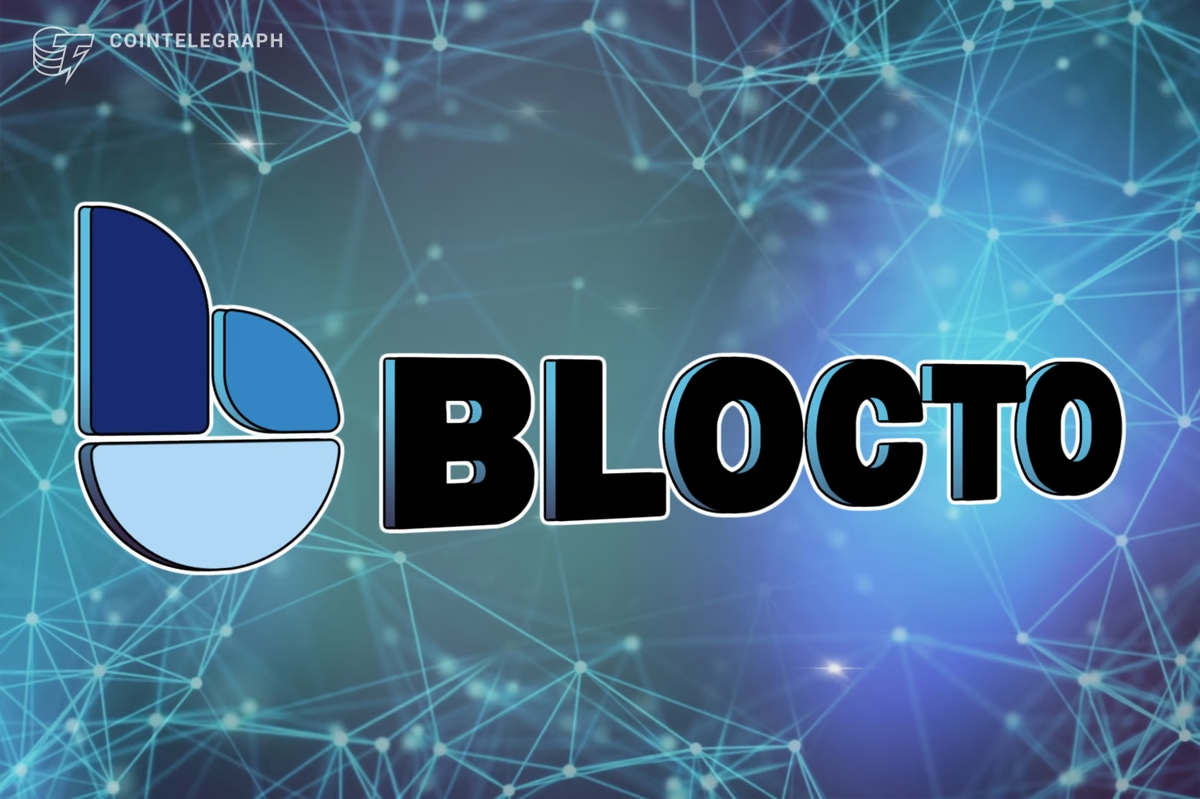
Features of BloctoSwap
- Fast and Cheap Transactions: BloctoSwap uses Flow blockchain technology to provide fast and cheap transactions.
- Ease of Use: BloctoSwap is easy to use and does not require deep technical knowledge from users.
- Multi-Asset Support: BloctoSwap supports a wide range of assets including FLOW, USDT, USDC, BTC and more.
- Security: BloctoSwap is built on the proven and trusted Flow blockchain technology.
Benefits of BloctoSwap
- BloctoSwap is a decentralized exchange, meaning it is not controlled by any central authority.
- BloctoSwap does not require users to register or verify their identity, ensuring the privacy of transactions.
- BloctoSwap is built on the proven and trusted Flow blockchain technology.
- BloctoSwap offers low transaction fees compared to centralized exchanges.
Pros and cons
Pros:
- Simple and Clear Interface: BloctoSwap has a simple and clear interface that makes it easy to use even for beginners.
- Fast transaction execution: BloctoSwap provides fast transaction execution thanks to Flow blockchain technology.
- Wide Range of Assets: BloctoSwap supports a wide range of assets, making it a versatile platform for cryptocurrency trading.
Cons:
- Limited Liquidity: BloctoSwap is a relatively new exchange and may have limited liquidity on some asset pairs.
- Limited Feature Selection: BloctoSwap does not offer some features that other DEXs have, such as margin trading and staking.
- Lesser Known: BloctoSwap is a lesser known exchange than some other DEXs, which may make it less attractive to some users.
Mercurial Finance
Mercurial Finance is a decentralized exchange (DEX) based on the Solana blockchain that allows users to exchange cryptocurrencies without intermediaries.
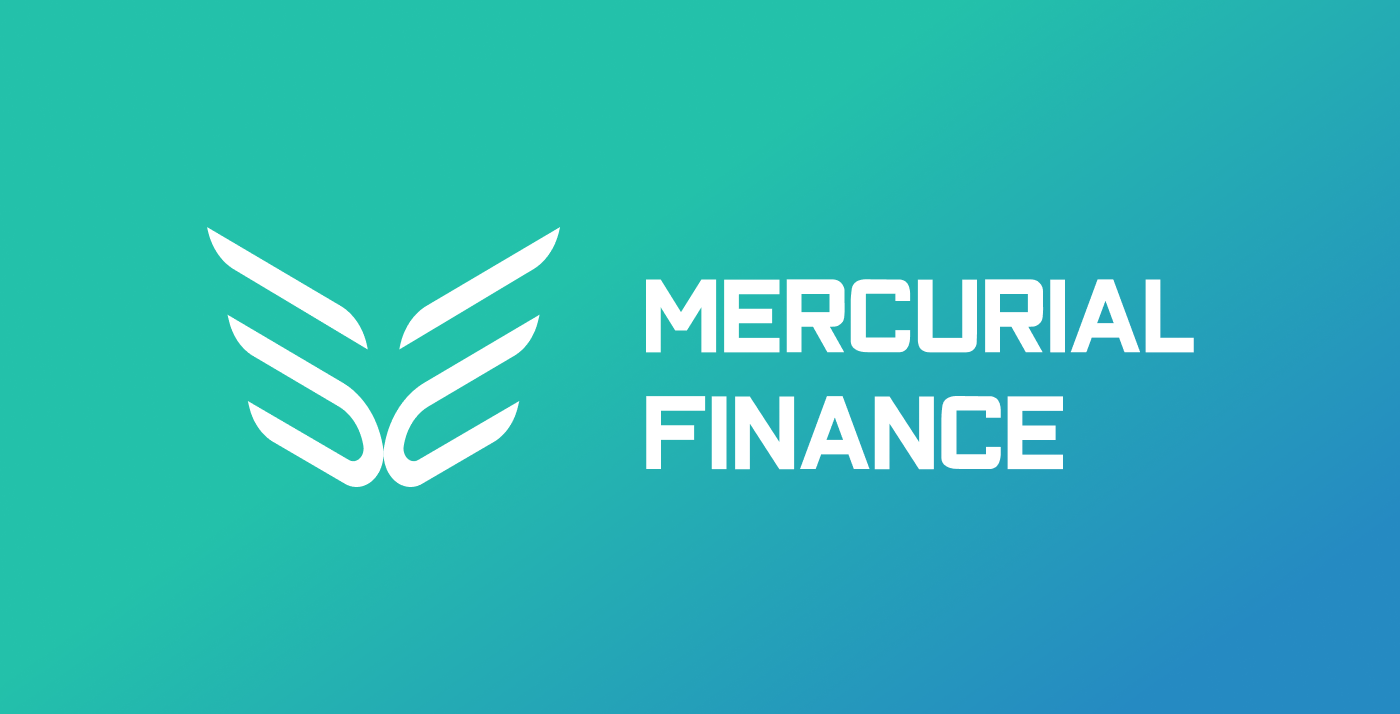
Features of Mercurial Finance
- Fast and Cheap Transactions: Mercurial Finance uses Solana blockchain technology to provide fast and cheap transactions.
- Highly Scalable: Solana makes Mercurial Finance highly scalable, allowing it to process large numbers of transactions without latency.
- Ease of Use: Mercurial Finance is easy to use and does not require deep technical knowledge from users.
- Multi-Asset Support: Mercurial Finance supports a wide range of assets including SOL, USDC, USDT, SRM and more.
Benefits of Mercurial Finance
- Decentralization : Mercurial Finance is a decentralized exchange, meaning it is not controlled by any central authority.
- Privacy: Mercurial Finance does not require users to register or verify their identity, ensuring the privacy of transactions.
- Security: Mercurial Finance is built on the trusted and proven Solana blockchain technology.
- Low Fees: Mercurial Finance offers low transaction fees compared to centralized exchanges.
Pros and cons
Pros:
- Simple and Clear Interface: Mercurial Finance has a simple and clear interface that makes it easy to use even for beginners.
- Powerful Features: Mercurial Finance offers a number of powerful features such as margin trading, staking, and IDO.
- Growing Community: Mercurial Finance has a large and active user community.
Cons:
- Limited Liquidity: Mercurial Finance is a relatively new exchange and may have limited liquidity on some asset pairs.
- Not all assets available: Mercurial Finance does not support all assets that are available on other DEXs.
- Risks Associated with DeFi: Mercurial Finance is subject to risks inherent to DeFi, such as smart contract risks, market risks, and volatility risks.
Mimas Finance
Mimas Finance is a decentralized exchange (DEX) based on the Avalanche blockchain that allows users to exchange cryptocurrencies without intermediaries.
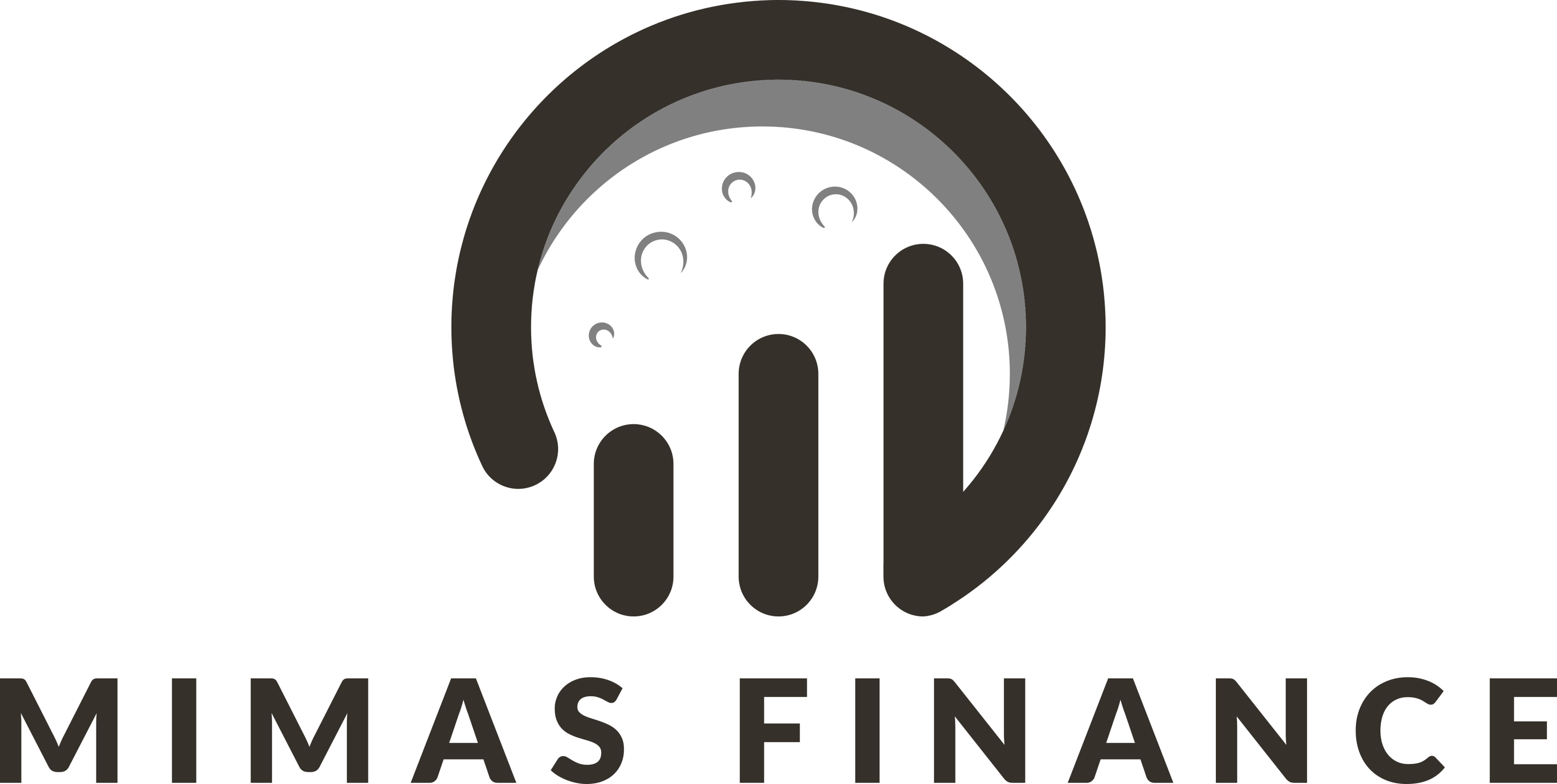
Features of Mimas Finance
- Fast and cheap transactions: Mimas Finance uses Avalanche blockchain technology to ensure fast and cheap transactions.
- High Scalability: Avalanche provides high scalability to Mimas Finance, allowing it to process large numbers of transactions without lag.
- Ease of use: Mimas Finance is easy to use and does not require deep technical knowledge from users.
- Multi-Asset Support: Mimas Finance supports a wide range of assets including AVAX, USDC, USDT, BTC and more.
Advantages of Mimas Finance
- Mimas Finance is a decentralized exchange, meaning it is not controlled by any central authority.
- Mimas Finance does not require users to register or verify their identity, ensuring the privacy of transactions.
- Mimas Finance is built on the proven and reliable Avalanche blockchain technology.
- Mimas Finance offers low transaction fees compared to centralized exchanges.
Pros and cons
Pros:
- Simple and clear interface: Mimas Finance has a simple and clear interface that makes it easy to use even for novice users.
- Innovative Features: Mimas Finance offers a number of innovative features such as automatic creation of liquidity pools and leveraged margin trading.
- Growing Community: Mimas Finance has a large and active community of users.
Cons:
- Limited Liquidity: Mimas Finance is a relatively new exchange and may have limited liquidity on some asset pairs.
- Not all assets available: Mimas Finance does not support all assets that are available on other DEXs.
- Risks Associated with DeFi: Mimas Finance is subject to risks inherent to DeFi, such as smart contract risks, market risks, and volatility risks.
The Future is in DApps
DApps are an exciting new technology that has the potential to change the world. As blockchain technology advances, DApps are likely to play an even more important role in our lives.
Decentralized applications are still in their early stages, but they have the potential to revolutionize many industries. As blockchain technology matures, DApps are likely to become more widespread and complex.
In conclusion
There are many different blockchain platforms on which you can build DApps. Ethereum is the most popular platform, but there are other options such as EOS, TRON, and Cosmos. DApps still come with some risks and limitations. For example, some DApps can be hacked or vulnerable to fraud. It is important to do your research before using any DApp.
Автор Alex Smith
Has professional training in microelectronics and hardware programming, as well as over 30 years of experience working with data processing and transmission systems, including cryptocurrency mining equipment. When preparing materials for blog readers, BuyCrypt successfully applies its extensive technical background to convey the meaning of materials from the sources used as accurately as possible.
